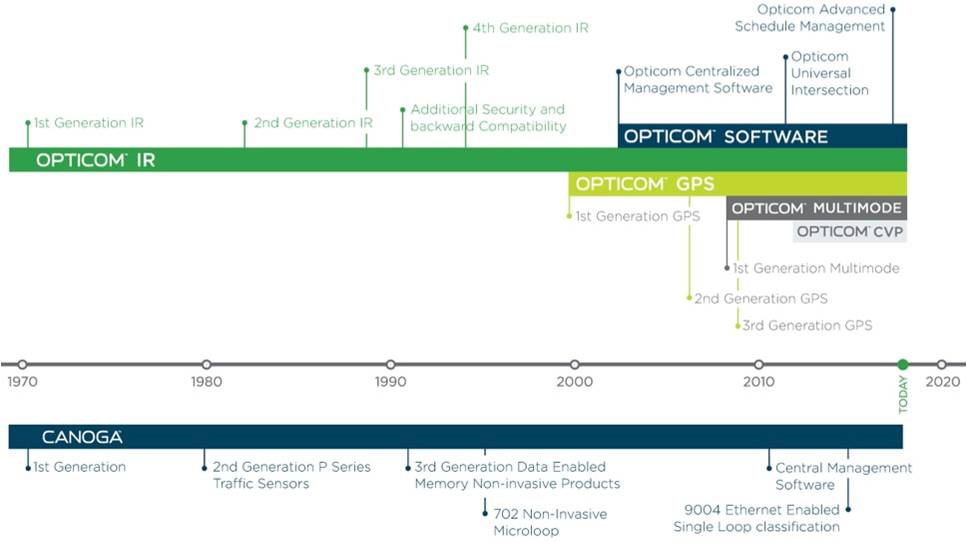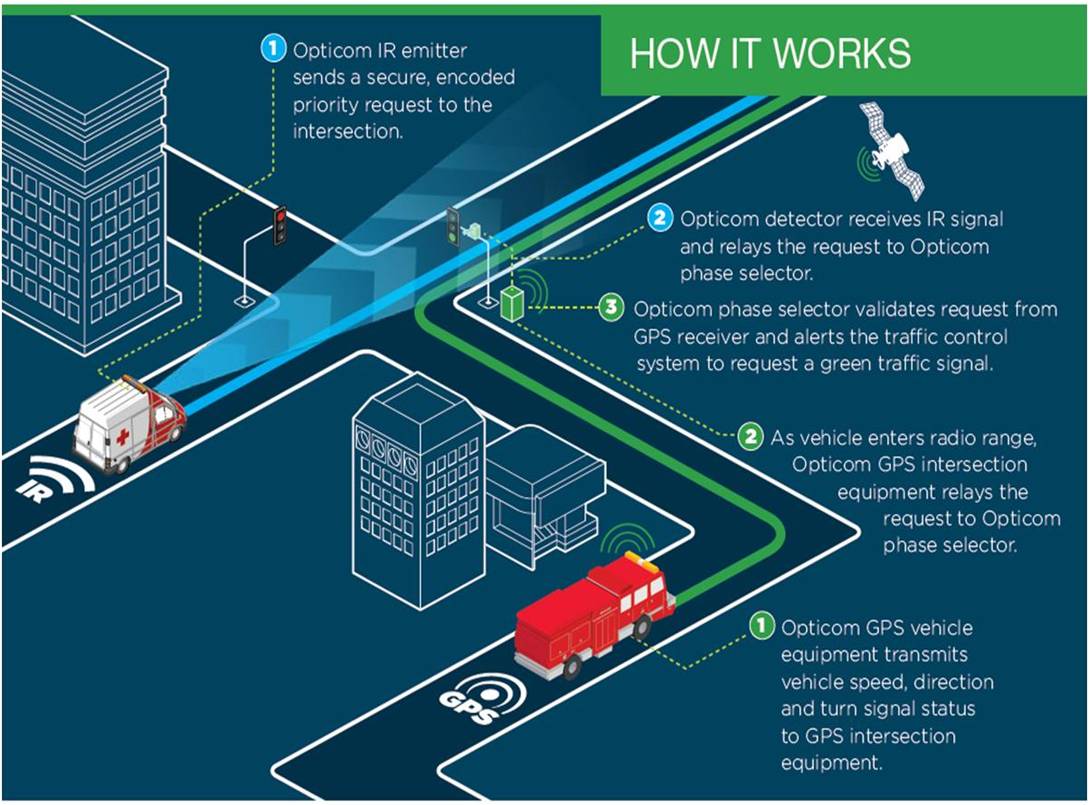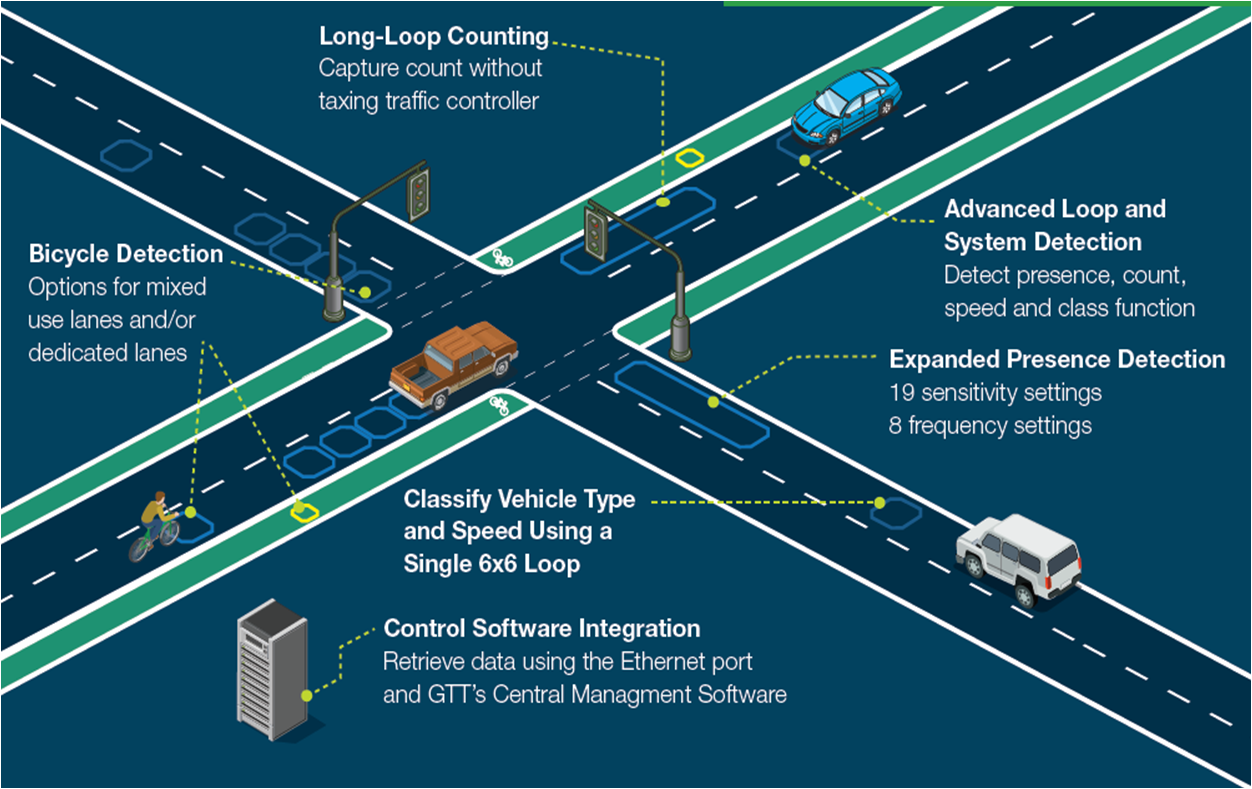Getting a Smart City working
Some of you may have not heard of the term “Smart City”. Wikipedia defines this term as “an urban development vision to integrate multiple information and communication technology solutions in a secure fashion to manage a city’s assets – the city’s assets include, but not limited to, local departments information systems, schools, libraries, transportation systems, hospitals, power plants, water supply networks, waste.”
Back in April, I had a briefing from GTT – Global Traffic Technologies – who provide solutions for Smart City transport systems. They see that city governments are facing a number of issues at this moment in time; these include:
- People are moving to dense urban areas and this is accompanied by the rising popularity of public transport, including buses, trams, metros, and trains;
- Citizens in distress, firemen, police and commuters face risks because of the amount of traffic on the roads;
- Cities are under pressure to do more with less resources and this is further complicated by changing demographics and expectations; and
- The issues of transportation teams planning to cope with the steadily increasing volumes of cars, buses, trains and emergency vehicles, puts the transport ecosystems under pressure.
Who are GTT?
GTT was formed in 2007 from 3M’s pioneering Intelligent Transportation Systems business. They are headquartered in St Paul, Minnesota with offices in Toronto, Canada, and in London in the United Kingdom. The company provides solutions that help critical vehicles get to their destination faster, safer, more predictably, and more cost effectively.

Figure 1: A history of GTT product development (Source: GTT)
GTT have over 3,100 Customers worldwide including 41 of the 50 largest US cities, with over 70,000 intersections deployed and over 70,000 vehicles deployed, supporting some 100 Transit Agencies across 150 communities.
Their product solutions provide support for transit organisations, emergency response and city transport planning and management using both infrared and GPS technologies as well as in combination. Their solutions allow these organisations to not only reduce cost and improve efficiencies but also improve safety. GTT solutions are used in initiatives taken by the ‘Toward Zero Deaths’ organisation to use data-driven strategies, and driver warning systems, to reduce traffic crashes, injuries, and deaths on roadways.
Opticom Infrared (IR)
The ambulance on the left of figure 2 shows how Opticom IR works. Opticom IR emitters are available in LED or strobe configurations, as well as low profile models for light bar applications. Opticom IR detectors are available in one or two channel models, as well as dual lens versions, for precise control. It uses the universal Opticom multi-mode phase selector.

Figure 2: How Opticom IR and GPS works (Source: GTT)
GTT explained to me that there are limitations that are now understood with IR technology; these include:
- Dirty or misaligned optical receivers, which require regular maintenance;
- Obstacles can interfere with the line of sight between the vehicle and intersection;
- Certain climatic conditions, especially heavy fog, snow, or smoke;
- Curves in the road that affect the angle of approach
Opticom GPS System
To overcome these limitations, GTT developed a system that uses global positioning satellite (GPS) instead of IR. It features GPS technology with dead reckoning. It supports the calculation of arrival based on speed and sends updates every second to support very good activation. In addition, there is no direct line of sight needed. It works in the same way as IR but uses GPS technology to communicate. The fire truck on the right in figure 2 shows how Opticom GPS works. GTT offers 2 different products using this GPS technology:
- Opticom IntelliGreen: This is a GPS traffic signal priority control system that activates one or more Opticom equipped intersections from inside an emergency control room. In the event of an emergency call, the system button is pressed and the request for pre-emption is initiated. This request gives emergency vehicles priority over other intersection traffic by changing the lights as they approach to allow them through quickly. As GTT told me, this ensures safe passage through the first critical intersection
- Opticom Multimode System: this system can recognise inputs from both infrared (IR) and GPS radio activation methods at an intersection. It provides a coordinated input to the controller, and is useful in cities that are gradually upgrading their technologies, or that are supported by surrounding communities for mutual aid, working together even if they are equipped with different technologies.
Other products
The company has two other products in its portfolio:
- Opticom CMS provides real-time data, so traffic engineers can retrieve activity logs, diagnose maintenance issues, upgrade firmware and troubleshoot equipment.
- Opticom Advanced Schedule Management uses customer generated transit schedules to allow the vehicle relative priority to be modified on the fly to reflect the current route dynamics as well as automatically monitor vehicle compliance to published schedules and/or headway and automatically activate/deactivate TSP to preserve compliance.
Solutions
GTT has developed solutions for different transport sectors tailored to these sectors’ particular needs.
Opticom for Public Transport, also known as Transit Signal Priority (TSP), is aimed at helping public transport operators increase the effectiveness of vehicles by reducing or eliminating unnecessary stops at junctions. This is how it works:
- As a bus approaches a junction, the length of the green phase within a signalling cycle is extended by shortening the adjacent red phase. The overall signalling cycle is not lengthened; and this
- Minimises the impact on overall traffic flow, while giving transit buses increased priority.
- Opticom Evacuation Management can also be used to allow the use of public transport vehicles for emergency evacuation.
In the case of Opticom for Emergency Response – also known as Emergency Vehicle Pre-emption (EVP), first responders and security services are given a green light as they approach a junction, with the green phase being activated early enough to clear traffic ahead of the emergency vehicles, and then being held until they clear the junction.
Canoga Traffic Sensing Solutions
GTT’s Canoga solution captures real-time traffic data. Its sensors are placed in the road surface to monitor vehicle speed, classification, count and occupancy. It can be used in conjunction with Opticom CMS with data between the systems being encrypted.

Figure 3: Canoga Traffic Sensing Solutions (Source: GTT)
Summary
GTT have developed a very impressive set of products in a very specialised market sector. They have an impressive customer base, although many of their customers are in the USA or Canada. The key to their success will be how they take their solution to the wider markets of Europe, Asia and Australasia. Bloor sees that their solutions provide emergency service operators, transit organisations and local government with a co-ordinated approach that provides benefits to all three organisations as well as to the general public.
